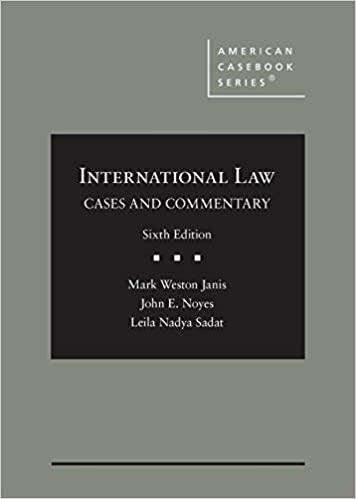Question
Kenneth Smith obtained a second home equity line of credit and forged the signature of his wife, Sue-Anna Smith, on the loan documents submitted to
Kenneth Smith obtained a second home equity line of credit and forged the signature of his wife, Sue-Anna Smith, on the loan documents submitted to the bank. Several years later. Sue-Anna filed for divorce and alleged that the home equity loan was obtained through fraud. To resolve the divorce litigation, the state court entered a series of orders dividing the property and obligations of each party. The order included a provision that after 12 months, it would be Sue-Anna's responsibility to make payments on the home equity loan and sell the property, from which she would receive the proceeds. Sue-Anna made payments on the home equity loan after the 12-month period. She then contacted the bank and told them that the loan had been fraudulently obtained. The bank was unable to finish a fraud investigation, because Sue-Anna failed to provide a copy of the police report. The bank then offered Sue-Anna the opportunity to modify the terms of the loan, which she accepted. Despite her knowledge of the forgery. Sue-Anna signed the modification agreement and continued making payments as modified by the agreement. The modification agreement also listed Sue-Anna as the sole borrower. After declaring bankruptcy, Sue-Anna sought to invalidate the home equity loan contract on the grounds that her signature was fraudulently obtained. How should the court rule on the case?
Step by Step Solution
There are 3 Steps involved in it
Step: 1

Get Instant Access to Expert-Tailored Solutions
See step-by-step solutions with expert insights and AI powered tools for academic success
Step: 2

Step: 3

Ace Your Homework with AI
Get the answers you need in no time with our AI-driven, step-by-step assistance
Get Started


